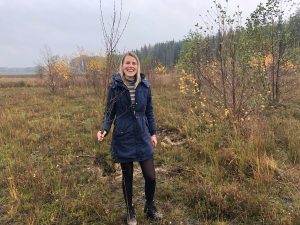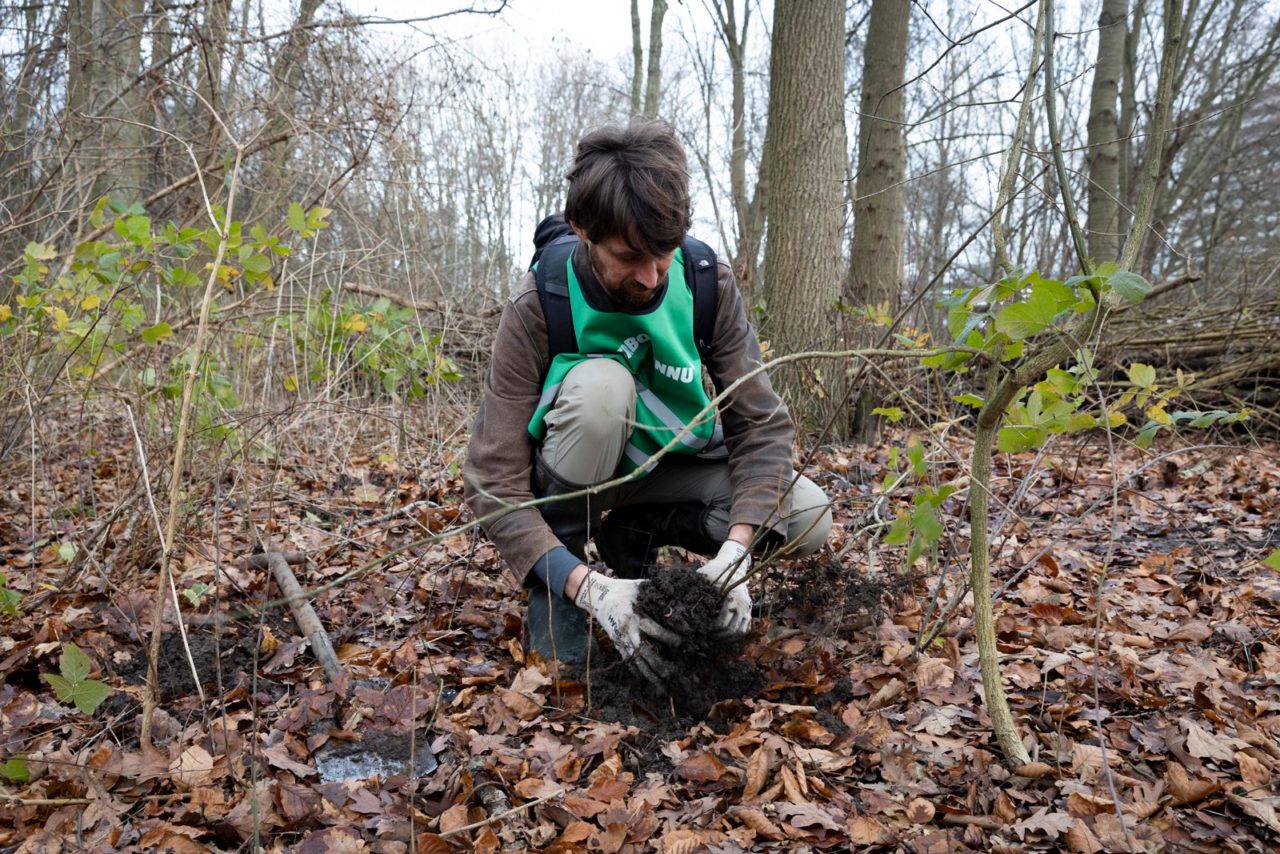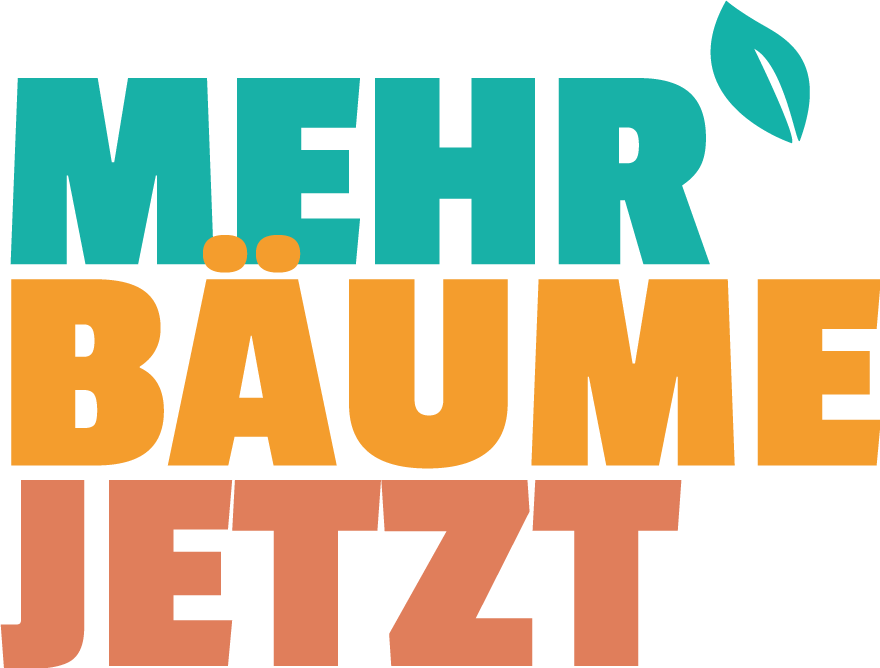About the campaign | The method
Harvesting
More Trees Now rescues excess saplings for a second chance elsewhere. Excess saplings are young trees that are growing up in places where they cannot mature. Along walking paths, in peat bogs, and so on. Many wither or are removed in routine forest management. These trees and shrubs are scooped out on harvest days, and thus saved.
What is a harvest day
From November to March, most plants are dormant, pausing the movement of essential nutrients through their roots, branches, and leaves. This period is ideal for harvesting seedlings, shoots, and cuttings with minimal stress to the plants. On harvest days, volunteers gather at a designated harvest site to collect disadvantaged trees and shrubs. At the end of the day, the harvested plants are either transported to a planting site or relocated to a Tree Hub for temporary storage.

What does a harvest day look like?
- Choose a Location – Choose a location to harvest from the Tree Planner or add your own. Discuss with the forester which trees are redundant or unwanted.
- Prepare your day – Register your day in the Tree Planner, recruit volunteers, and arrange any needed materials.
- Harvest – Let’s get started! We collect and carefully remove the seedlings to give them a second chance.
- Sort – We sort the collected seedlings into bundles of 20 or 50 per species. In the Tree Planner, you can log the trees you’ve saved and specify their storage or planting locations.
- Transport – Transport your saplings using a van or trailer. They can be collected by interested parties on the same day, or you can ‘heel them in’ at a Tree Hub for temporary storage and future distribution.
A group of volunteers gathers at a harvest site. Harvesting begins! The harvest supervisor explains the day’s objectives: Are all seedlings within a metre of the footpath to be removed? Or is the focus on a specific variety? At the conclusion of the harvest, the day’s yield will be counted, labelled, and bundled. Of course, there will be time for tea/coffee and biscuits!
Will you join us?
What kind of trees are we harvesting?
More Trees Now volunteers only harvest trees and shrubs that are in surplus or not needed. For instance, if there’s only one Hawthorn in an area where it can successfully grow, it will be left untouched.
Typically, it is pioneer species that are harvested, such as Maples, Willows, Alder, and Birches. These species are plentiful and are harvested most often. Other desirable species include Linden, Hawthorn, Blackthorn, Elder, Buckthorn, and Hazel.
HOME-GROWN TREES
More Trees Now primarily harvests native trees. A native (autochthonous) tree species is naturally adapted to thrive in its local environment. While all autochthonous trees are native, the reverse is not always true. An autochthonous tree carries genetic material that dates back to a country’s last ice age, having gradually adapted to its environment over time. This adaptation fosters a symbiotic relationship with local wildlife, insects, and other species. Therefore, native and autochthonous trees, due to their deep connections with local fauna, are optimal for promoting biodiversity.
RECOGNISE YOUR TREE
Are you going to a harvest and want to know how to recognise seedlings? You can find the winter characteristics of the most commonly harvested tree species using this winter bud chart.
I HAVE A HARVEST location
Our approach to exotic or diseased trees?
Exotics are tree species that originate from different climatic zones. While they can adapt and survive in foreign environments, their contribution to biodiversity is often less significant. Some exotic species are desirable because of their fruit-bearing capabilities, making them suitable for food forests. However, an exotic species can become invasive, suppressing other species and negatively impacting the ecosystem. We remove these trees during harvesting but do not distribute them. We do not relocate diseased trees and shrubs.
Harvesting
Harvest guide
organise harvest day
Are you a harvest leader or curious about what’s involved in organising a harvest day? Then check out the guide ‘How to Organise a Harvest Day!’


